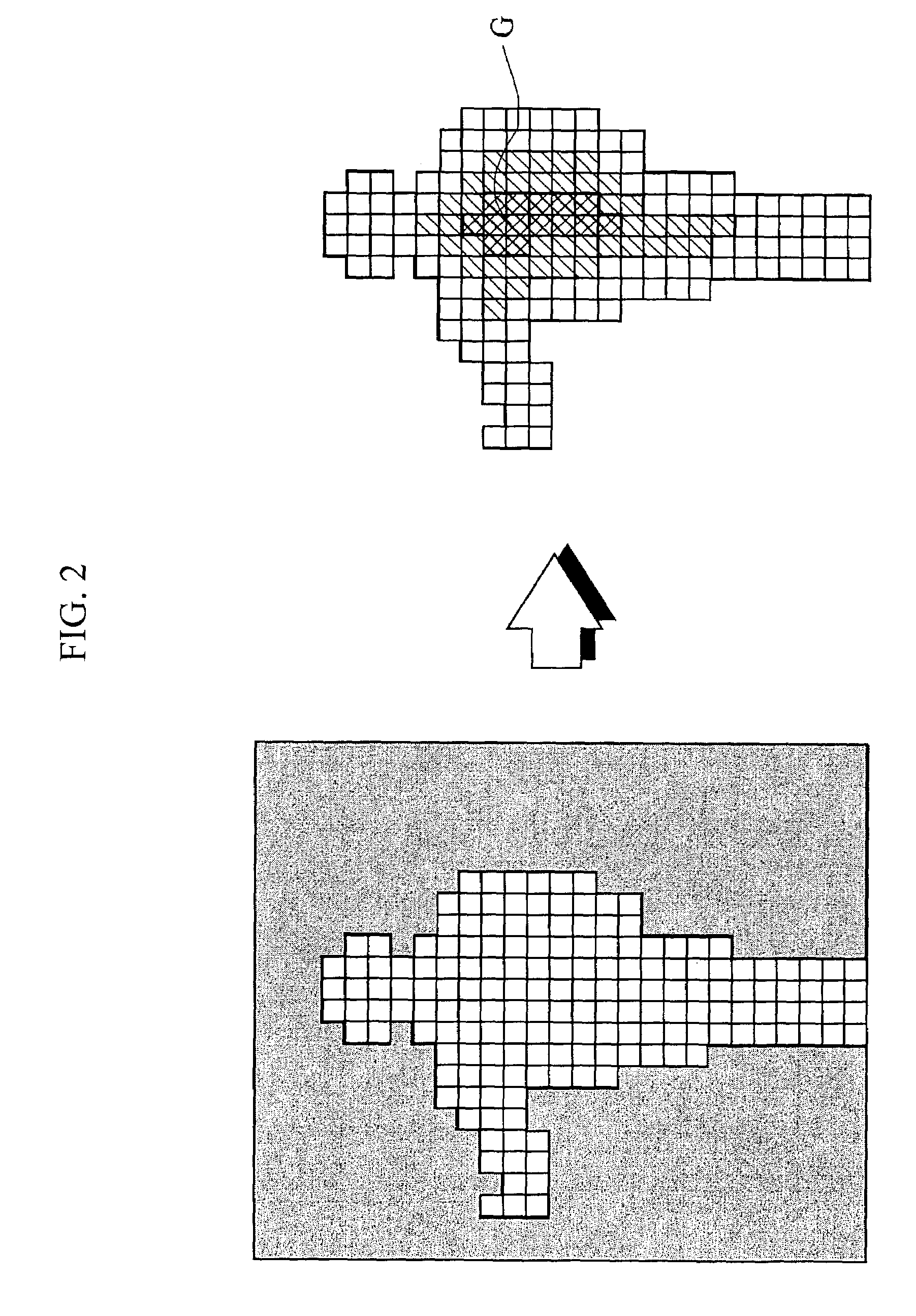Automatic camera calibration method
a technology of automatic camera and calibration method, applied in the field of automatic camera calibration method, can solve the problems of many problems, system becomes complicated, and cannot cope with occlusion
- Summary
- Abstract
- Description
- Claims
- Application Information
AI Technical Summary
Benefits of technology
Problems solved by technology
Method used
Image
Examples
verification experiments
[0179][2-4] Verification Experiments
[0180]In order to assure the effectiveness of the above-mentioned calibration method, the following experiments were conducted.
[0181]Five cameras (cameras 1 to 5) were used, to previously give the position and posture of the camera 1 and the position of the camera 2 in order to determine the world coordinate system.
[0182]10000 points were selected at random from a region measuring 150×150×150 [cm] in a scene, and the two cameras were selected at random from the five cameras with respect to each of the points. The two-dimensional observation position and the two-dimensional size were calculated by each of the two cameras, and a Gaussian error was further added to the obtained two-dimensional observation position and two-dimensional size, to respectively find observations in the camera.
[0183]Calibration information related to the position and posture which are stored in each of the cameras was updated by each of the observations.
[0184]FIG. 7 illustr...
PUM
 Login to View More
Login to View More Abstract
Description
Claims
Application Information
 Login to View More
Login to View More - R&D
- Intellectual Property
- Life Sciences
- Materials
- Tech Scout
- Unparalleled Data Quality
- Higher Quality Content
- 60% Fewer Hallucinations
Browse by: Latest US Patents, China's latest patents, Technical Efficacy Thesaurus, Application Domain, Technology Topic, Popular Technical Reports.
© 2025 PatSnap. All rights reserved.Legal|Privacy policy|Modern Slavery Act Transparency Statement|Sitemap|About US| Contact US: help@patsnap.com



